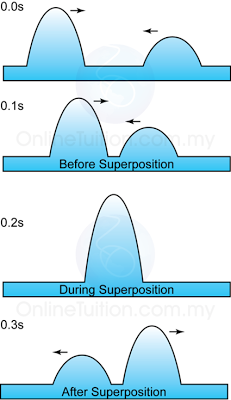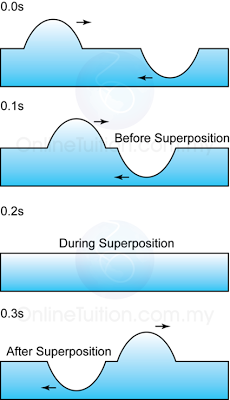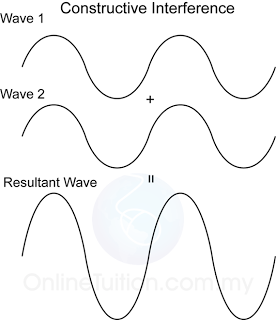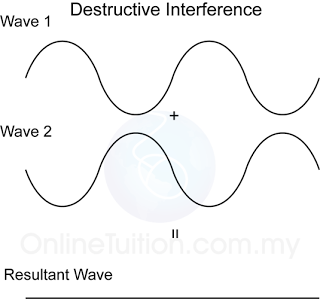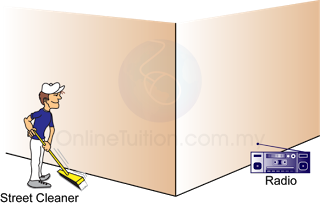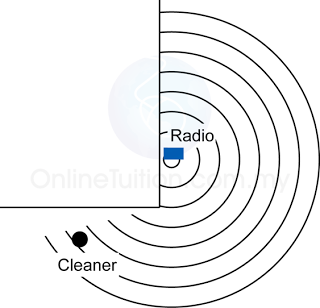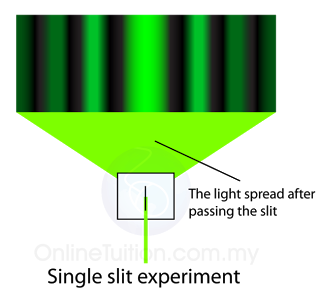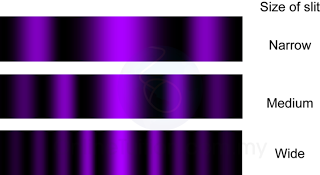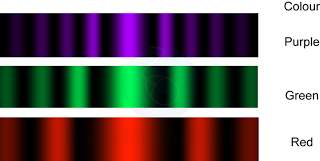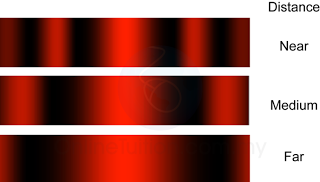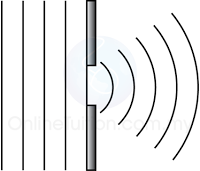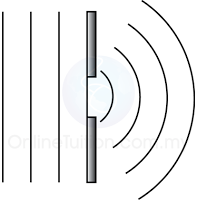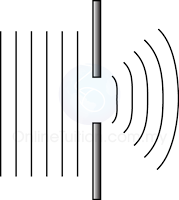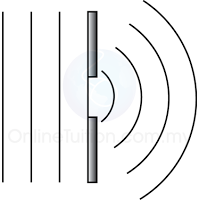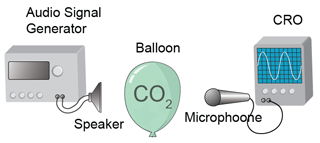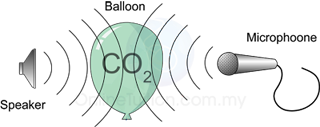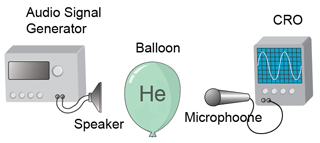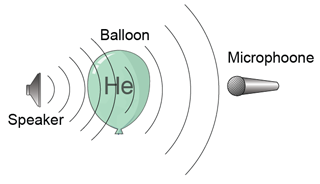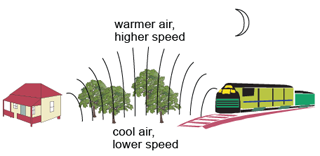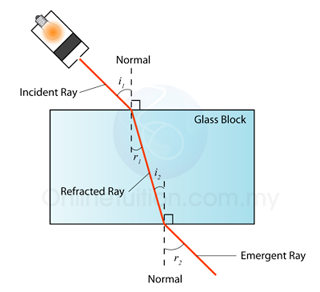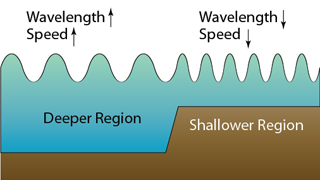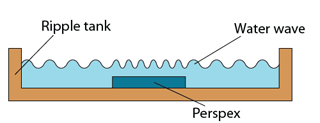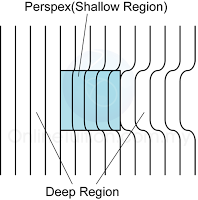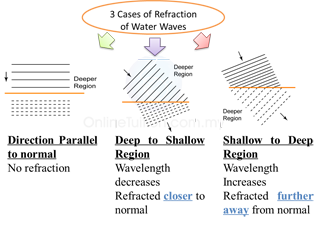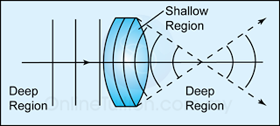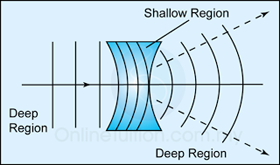Pin Hole Experiment
- Light is diffracted when passes through a pin hole.
- Diffraction pattern is made up of alternate bright and dark ring..
Single Slit Experiment
- Light is diffracted if it passes through a narrow slit.
- Diffraction pattern is made up of the bright bands and dark bands of different width.
- The central band is wider and brighter. The dark and bright bands of narrower width are alternatively observed on the left and right side of the central bight band.
- Diffraction pattern obtained will be clearer if the size of the slit decreases.
- Conditions for diffraction to take place are:
- Light source must be monochromatic. That is, the light must possess only one wavelength.
- Slit size must be small enough as compare with the wavelength of light.
Factors affecting the pattern of diffraction
The factors that will affect the distance between the bright bands are
- Size of the slit
- Colour of the light
- Distance of the screen from the slit
Experiment 1
Effect of the size of slit on diffraction pattern
Conclusion:
The smaller the size of the slit, the greater the effect of diffraction.
Experiment 2
Effect of the colour of light on diffraction pattern
Conclusion:
The longer the wavelength, the greater the effect of diffraction.
(Red light has longer wavelength while purple light has shortest wavelength.)
Experiment 3
Effect of the distance of the screen from the slit on diffraction pattern
Conclusion:
The further the screen from the slit, the further the distance between bright bands formed on the screen.
